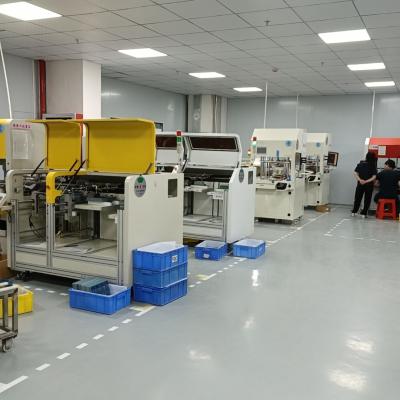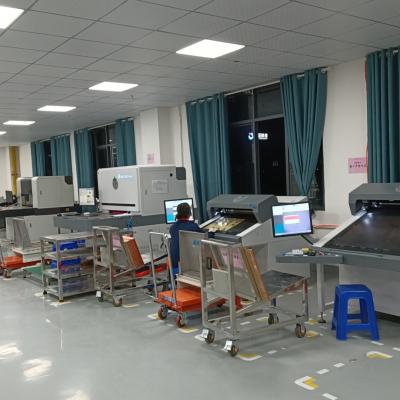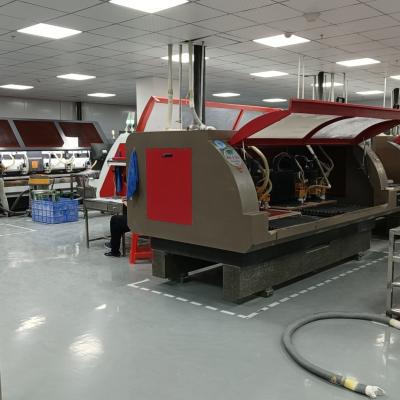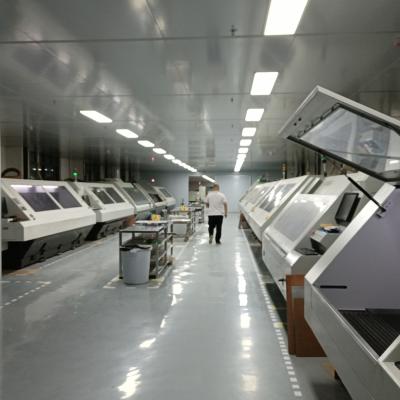
The Silkscreen is the topmost layer of a Printed Circuit Board (PCB) which is used as a reference indicator for placing components on a PCB Board. It requires a specifically formulated ink whose standard color is white, but it can also be Red, Black, Yellow, Blue and a number of other colors.
The silkscreen is used to specify useful information on the PCB board that can help/assist users during assembly. It is used to mark component values, part numbers, test points, polarity etc.
What is the purpose of using a silkscreen layer?
The silkscreen is not applied to PCB boards by default. A customer has to ask for this and there is usually an additional charge for applying a silkscreen on the board. Here are some important benefits to opt for the silkscreen layer:
It helps the engineers and technicians identify test points on the PCB board. This way they know where to take measurements from and helps when trouble shooting.
It can be used to outline where components need to be placed on the board, this way users will not users forget to place components on the board.
The silkscreen coating also helps with the warning symbols which are generally used to indicate the higher parameter values such as Voltage, Current and Power.
It can be used to specify values of inductors, resistors and other components reducing the probability of placing a component with an incorrect value on the board.
Acts as a reference indicator to identify the component type and polarity orientation.

There are three main ways to add silkscreen coating on a PCB:
Manual screen-printing: This is a process that can be used when line widths are greater than 7 mm and the registration tolerance is 5 mm.
Liquid Photo Imaging (LPI): This process provides more accuracy and legibility over manual screening and is used when line widths are greater than 4 mm
Direct Legend Printing (DLP): This is the most accurate way of adding a silkscreen, however, it is very expensive.

If you have any question , please feel free to contact me sales@rpttechpcb.com
 Meizhou Ruiputuo Technology Co.,Ltd
Meizhou Ruiputuo Technology Co.,Ltd 


